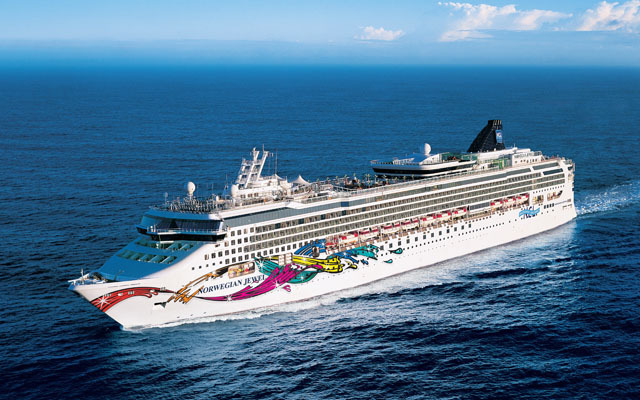Asia’s cruising scene has heated up in recent months, with large cruise liners like Norwegian Cruise Line (NCL) celebrating its long-awaited return to the region, and Celebrity Cruises debuting its Edge-Series ships in Asia.
To elevate the cruise passenger experience, both cruise liners’ Asia itineraries highlight opportunities for their guests to call at lesser-known destinations. However, smaller ports in the region can sometimes be found lacking in modern cruise terminal infrastructure, and coupled with cumbersome visa processes.

Ben Angell, NCL’s vice president and managing director, Asia Pacific, told TTG Asia: “Smaller ports often grapple with challenges like limited infrastructure and underdeveloped supply chains. That is why collaboration between local authorities and cruise lines like NCL is important.
“Through strategic planning and partnership, these ports can progressively adapt to accommodate larger capacities. Over time, the revenue generated from tourism can be reinvested into upgrading facilities, fostering a cycle of improvement and growth that benefits both the ports and the wider community.”
Angell added that working closely with local authorities is also crucial to ensure our operations do not negatively impact the environment.
Tim Jones, vice president and managing director, Australia, New Zealand and Asia, Celebrity Cruises, said: “As we strengthen our collaboration with Asia’s governments and tourism boards, we hope to see investments in the development of port infrastructure and cruise terminals to further enhance passengers’ embarkation and debarkation processes.”
Jones also pointed out that “visa and immigration processes” in Asia “can be improved further”.
“While the ideal for us would be a future where these are no longer required for cruising, very similar to what we have for some itineraries in the US, Australia and Europe, we do acknowledge that cruising in Asia is still growing and maturing.
“We also believe in closer ties with our government partners to help make rules and regulations clearer, more transparent and consistent, not just across countries in the region but also within the same country,” Jones elaborated.
At the end of 2023, Celebrity Edge was first to set sail from Singapore on a 14-night itinerary exploring coastlines from Asia to Australia. Celebrity Millennium will be homeporting in Tokyo (Yokohama) from April to October this year, sailing 12-night itineraries. Following its season in Japan, Celebrity Millennium will join Celebrity Solstice, and ply South-east Asian waters on 11-to-14-night sailings visiting 32 destinations from September 2024 to April 2025.
When asked if NCL would consider developing potential ports in Asia, similar to what Royal Caribbean has done with Penang, Angell shared that the cruise line will “collaborate with local authorities and stakeholders to enhance port development, focusing on regions we frequently sail”.
He related how Alaska, a prime destination for NCL guests, has seen “significant investment”, where parent company NCL Holdings facilitated the development of a second cruise pier at Icy Strait Point and expanded the Wilderness Landing Pier.
“We created a large vehicle-free zone, allowing visitors to immerse themselves in the natural splendour of Alaska, including a dedicated viewing platform for coastal brown bears. Enhancements in destination experiences include the world’s largest ZipRider zip line, whale watching, kayaking, and various shore excursions that celebrate the rich heritage of the local Huna Tlingit community,” he elaborated.
Both NCL and Celebrity Cruises have also vowed to work closely with the Asia chapter of the Cruise Lines International Association to drive promotional efforts, infrastructure upgrading, and policies for the region.
“There is always more we can all do and it is incumbent on the cruise industry to collaborate and speak with one voice to ensure our message is heard across the region,” concluded Jones.
“Given the existing close ties between cruise associations and the industry, there’s a promising opportunity for these associations to act as central hubs, linking industry stakeholders, cruise lines, ports, and government authorities. By fostering collaboration within a unified framework, these associations can drive collective efforts to elevate the Asian cruising experience,” added Angell.




















